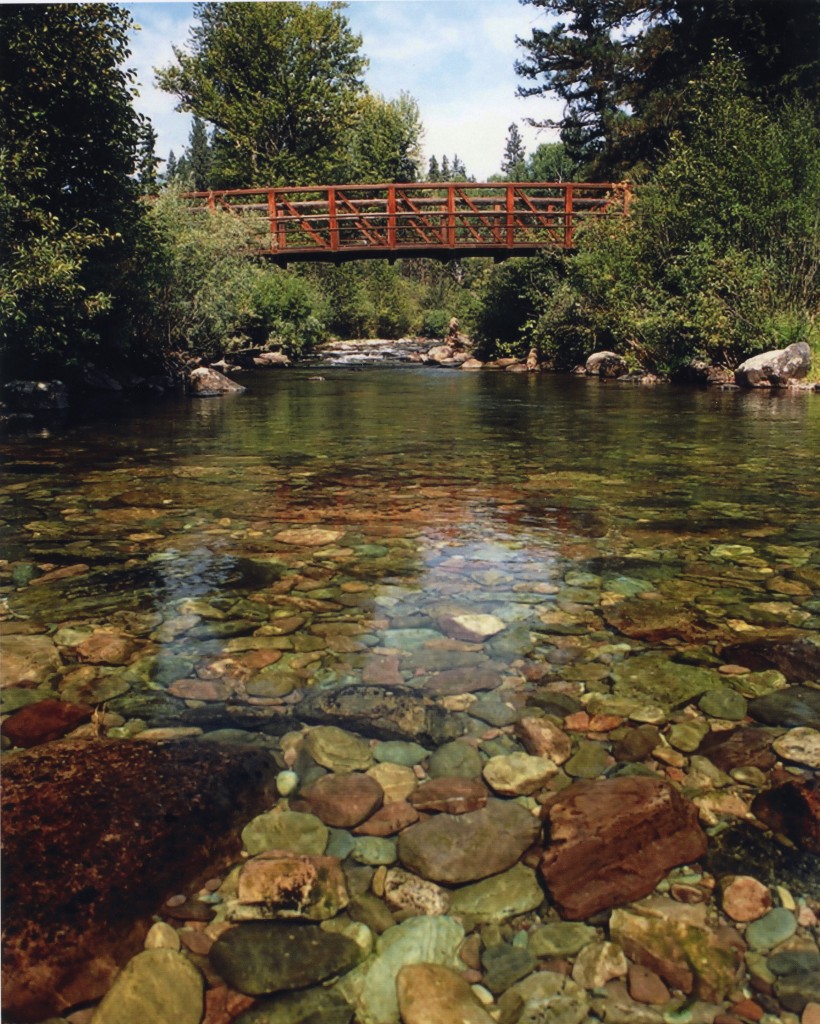Montana Wildlife Federation’s John Bradley was nice enough to share what he took out to Eastern Montana on an early season duck hunt on public lands. Often overshadowed by its superb big game opportunities, Montana has some of the country’s best waterfowl hunting, It’s critical that we as hunters do our part to protect this treasured resource. The best gear will be useless without clean water, intact nesting habitat and wetlands, and healthy populations of waterfowl. To learn more about how to get involved, visit montanawildlife.org or contact John at jbradley@mtwf.org. Now here is the gear that John is using:
Clothes
Waterfowl hunting in Montana can range from 80 degree days in early October to below zero days in late December. The clothes you need vary greatly on the temperature. In the early season, I use Cabela’s Northern Flight Neoprene Waders, LaCrosse Alphaburly muck boots, Drake Waterfowl ¼ Zip Pullover, and an old camo baseball cap.
In colder weather, I supplement the gear above with merino wool base layers and I add my Cabela’s Northern Flight Jacket as a shell. I try to avoid throwing on a cotton sweatshirt at all cost. Cotton absorbs moisture and takes a long time to dry, two things that can make for an uncomfortable duck hunt on a cold morning.
Decoys
I tend to use less decoys than most, mainly because I often hunt alone and hate making multiple trips to the vehicle. My early season spread includes a dozen Avian X Blue Wing Teal Decoys (Texas Rigged), six Avian X Mallard Decoys (Texas Rigged), and four Cabela’s Northern Flight Canada Goose Floater Decoys.
Day Hunt
For an early season hunt I carry these basics. Some of the items serve as a back-up and stay in the vehicle.
- License: Montana Resident Waterfowl License, Federal Duck Stamp
- Gun: Benelli M2 Field in 12ga, Remington Model 11 in 20 ga
- Ammo: Kent Faststeel 12ga #2s and Kent Faststeel 20ga #4s
- Calls: Zink Calls’ “ATM Green Machine” Duck Call, Zink Calls’ “Call of Death” Goose Call
- Dog: Ida, 5 Month Old Yellow Lab (not adviseable)
- Dog supplies: Dog Food, Water, Crate, Lead, Whistle, and First Aid Kit
- Binoculars: Vortex Diamondback 10×42
- Headlamp: Cabela’s Alaskan Guide Series QUL Headlamp
- Miscellaneous: Bore Snake, Wind Checker, Cushion Knee Pad
This is not a definitive list for every waterfowl hunter out there, but I’ve had good success over the years with this set up. Keep an eye out for more gear lists from the Montana Wildlife Federation as our staff head to the rivers, the fields, and the mountains this fall.



